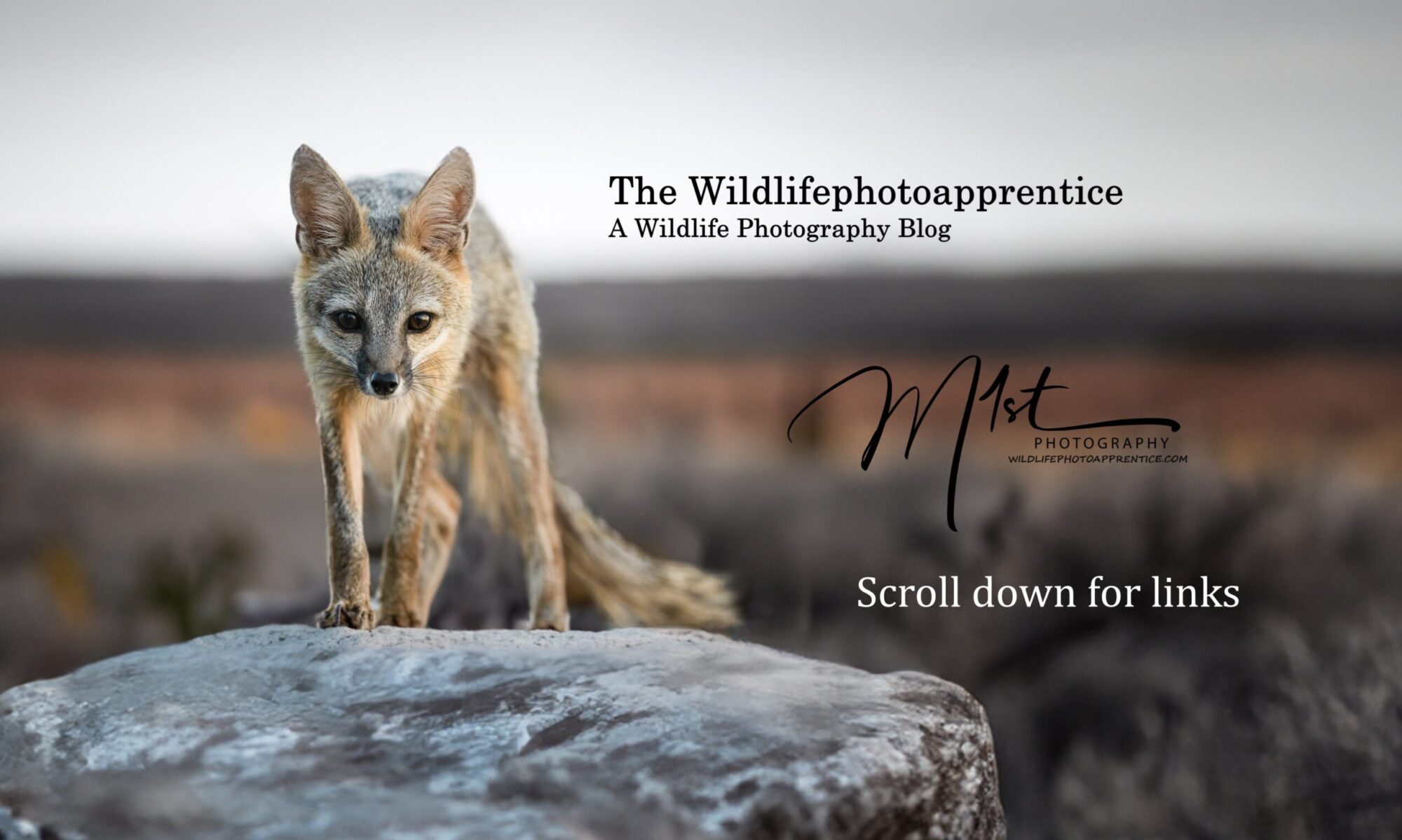Discovering Wildlife Close to Home: A Beginner’s Guide to Local Nature Photography
Embarking on a wildlife photography adventure doesn’t always require traveling to far-flung destinations. In fact, some of the most captivating and unique wildlife experiences can be found right in your own backyard. Exploring the local wildlife in your area opens up a world of photographic opportunities and allows you to connect with the natural beauty that surrounds you. In this post, we will guide you through the process of discovering and photographing the wildlife in your local area, enabling you to capture remarkable images while fostering a deeper appreciation for the creatures that call your region home.
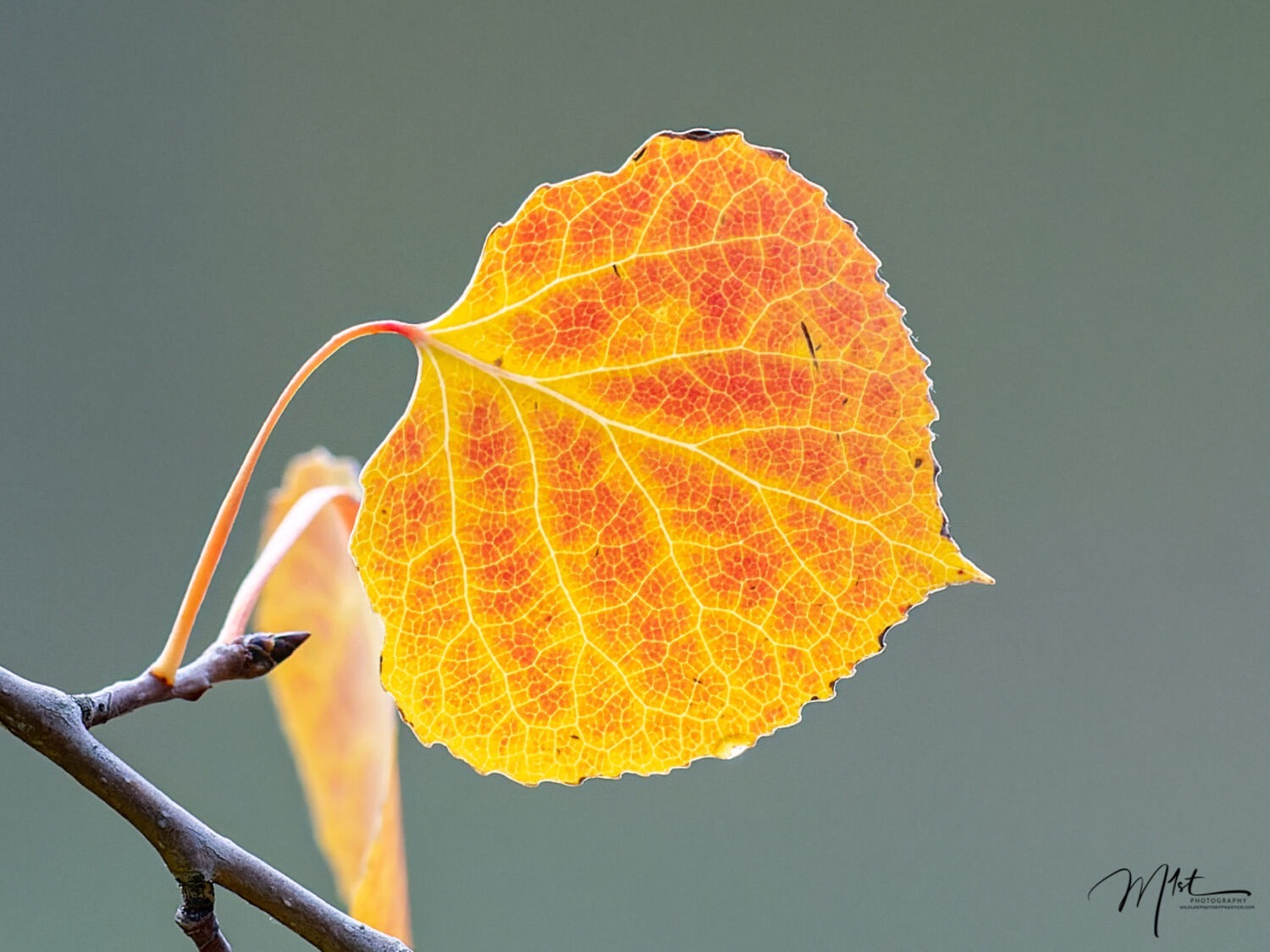
Begin your local wildlife photography journey by researching the fauna that inhabits your area. Identify the native species, migratory patterns, and habitats they frequent. Local field guides, websites, and nature conservation organizations can provide valuable information. Spend time observing wildlife in their natural habitat to understand their behaviors, movement patterns, and preferred feeding grounds. This knowledge will assist you in anticipating and capturing exceptional moments in your photographs.
To identify native species, a wildlife photographer can utilize several key research tools. Field guides and taxonomic reference books provide detailed information about local fauna, including identification keys, distribution maps, and behavioral notes. Online databases such as the IUCN Red List, GBIF (Global Biodiversity Information Facility), and local biodiversity portals offer extensive data on species occurrences and conservation statuses. Mobile apps like iNaturalist and eBird allow photographers to log sightings, access crowd-sourced data, and connect with a community of naturalists and biologists who can verify species identifications and offer insights.
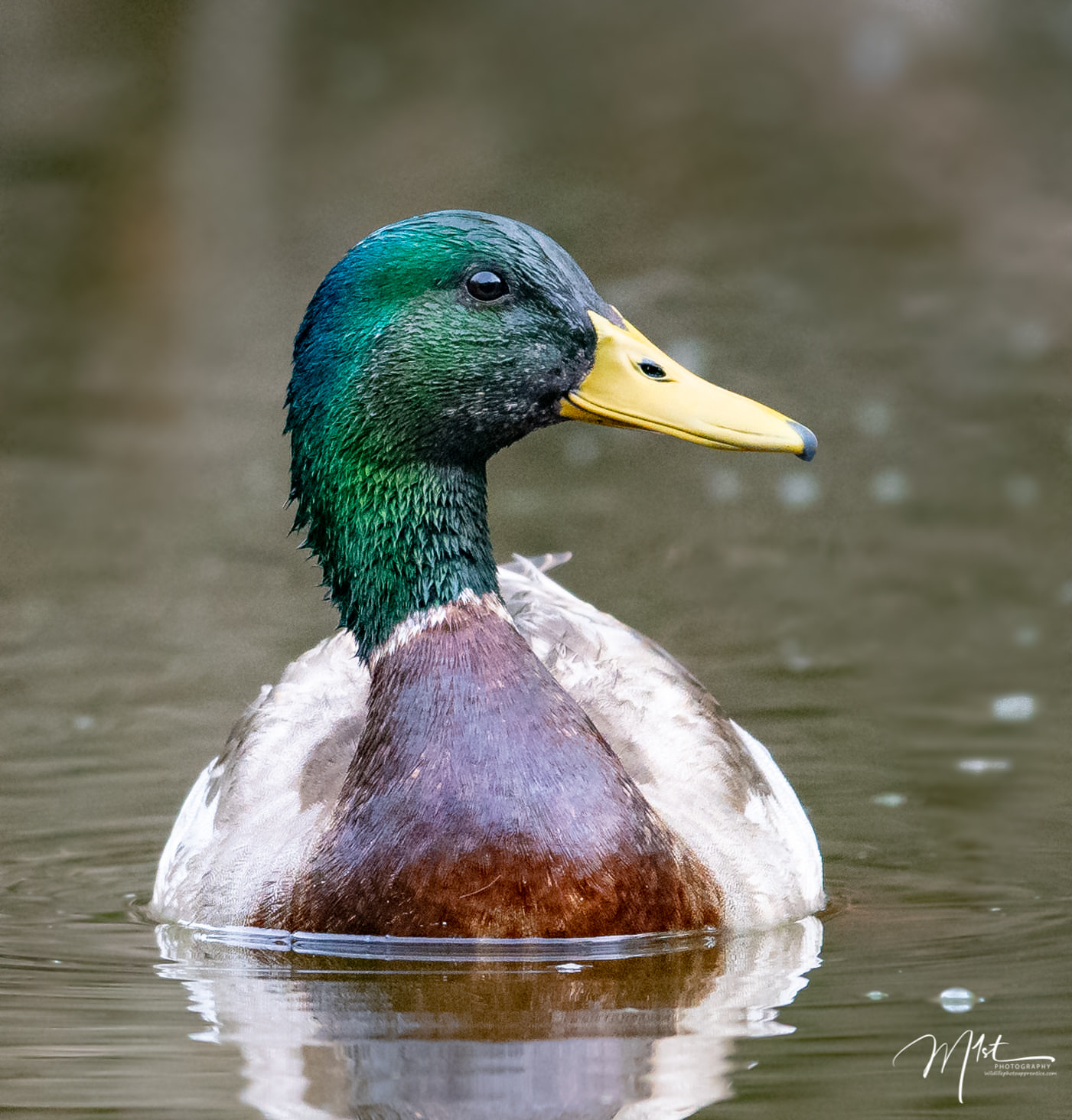
For understanding migratory patterns, tools like eBird and BirdCast are invaluable. eBird collects observations from birdwatchers worldwide, providing real-time data on bird movements and population trends. BirdCast, a project of the Cornell Lab of Ornithology, offers migration forecasts based on weather radar data, helping photographers predict peak migration periods. Satellite tracking data, available through platforms like Movebank, can provide precise information on the movements of tagged animals, offering a deeper understanding of migratory routes and timing. Additionally, subscribing to newsletters and alerts from local birdwatching societies and conservation organizations can keep photographers updated on recent sightings and migration events.
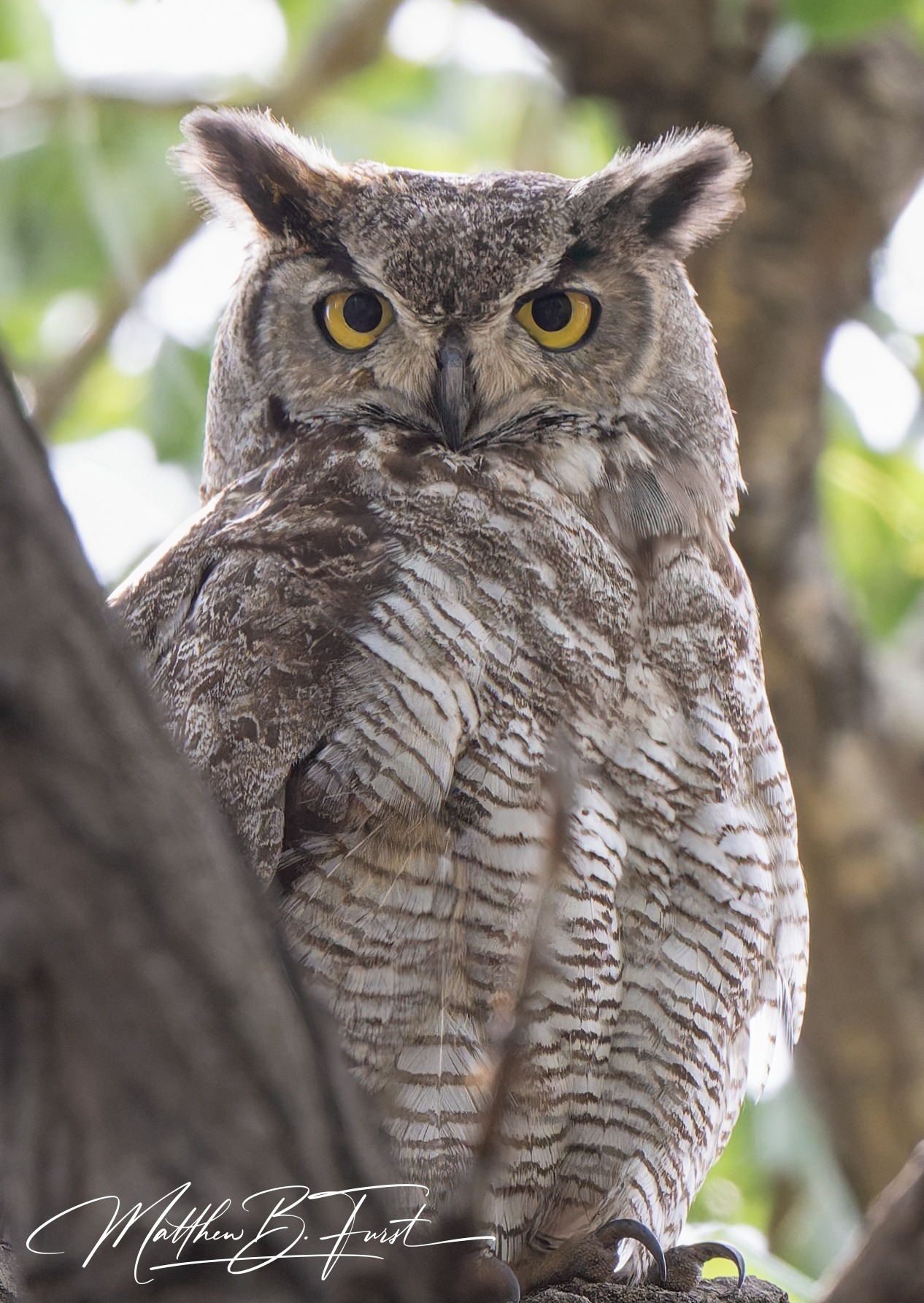
Researching habitats requires tools that offer detailed environmental and ecological Researching habitats requires tools that offer detailed environmental and ecological information. Geographic Information System (GIS) software, such as ArcGIS or QGIS, allows photographers to analyze spatial data, create habitat maps, and identify key areas for wildlife photography. Remote sensing tools like Google Earth and Landsat imagery can provide up-to-date views of landscapes and changes in habitat conditions over time. Ecological research publications and habitat assessment reports, available through academic databases like JSTOR or Google Scholar, provide insights into the characteristics and health of different ecosystems. Field equipment such as GPS units and trail cameras can assist in on-site habitat exploration and monitoring, ensuring photographers can locate and document wildlife effectively.
Timing is crucial in wildlife photography. Different animals are active at specific times of the day, so understanding their schedules will increase your chances of successful encounters. Many creatures are most active during the early morning or late afternoon when light is soft and golden, creating ideal conditions for photography. Plan your outings accordingly and be prepared to wake up early or stay out late to maximize your opportunities.
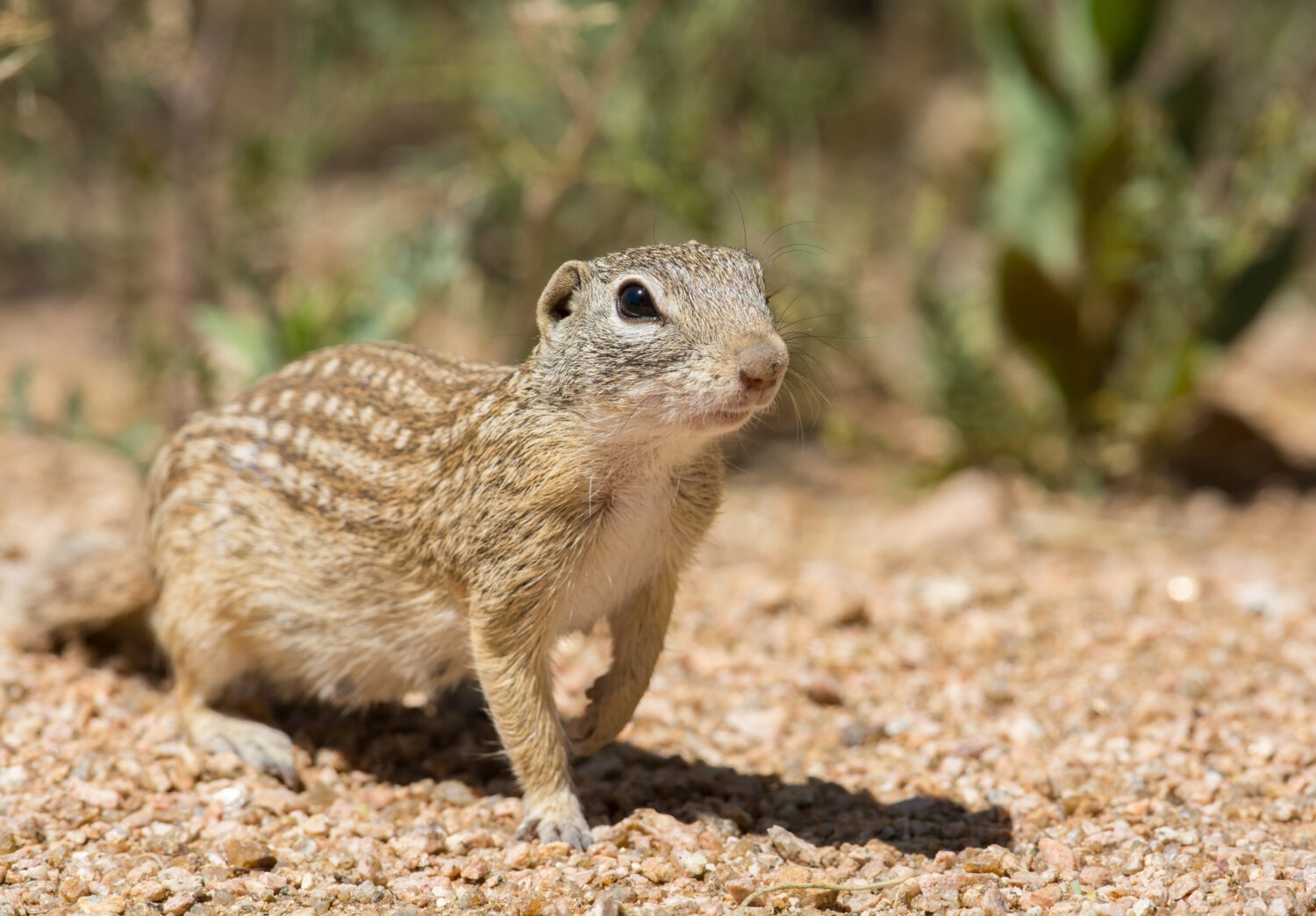
Local parks, nature reserves, and protected areas are often havens for wildlife. Research and visit these areas to discover the biodiversity they offer. Seek out different ecosystems such as wetlands, forests, or grasslands to encounter a variety of species. Take note of any designated viewing areas, trails, or hides available for photographers, as these can provide optimal vantage points for capturing wildlife undisturbed.
When exploring local parks, nature reserves, and protected areas to find wildlife, it’s essential to focus on specific characteristics that enhance the likelihood of successful sightings and photography. Firstly, look for diverse habitats within these areas, such as a mix of forests, wetlands, meadows, and water bodies, as this variety supports a broader range of species. Pay attention to edge habitats where different ecosystems meet, like forest edges or the transition zones between wetlands and dry land, as these areas often attract wildlife due to the abundance of food and cover. Observing natural water sources such as rivers, lakes, and ponds is crucial since animals frequently visit these spots to drink and feed. Also, seek out areas with rich plant diversity, including native flowering plants, shrubs, and trees, as these provide essential food resources and nesting sites for many species.
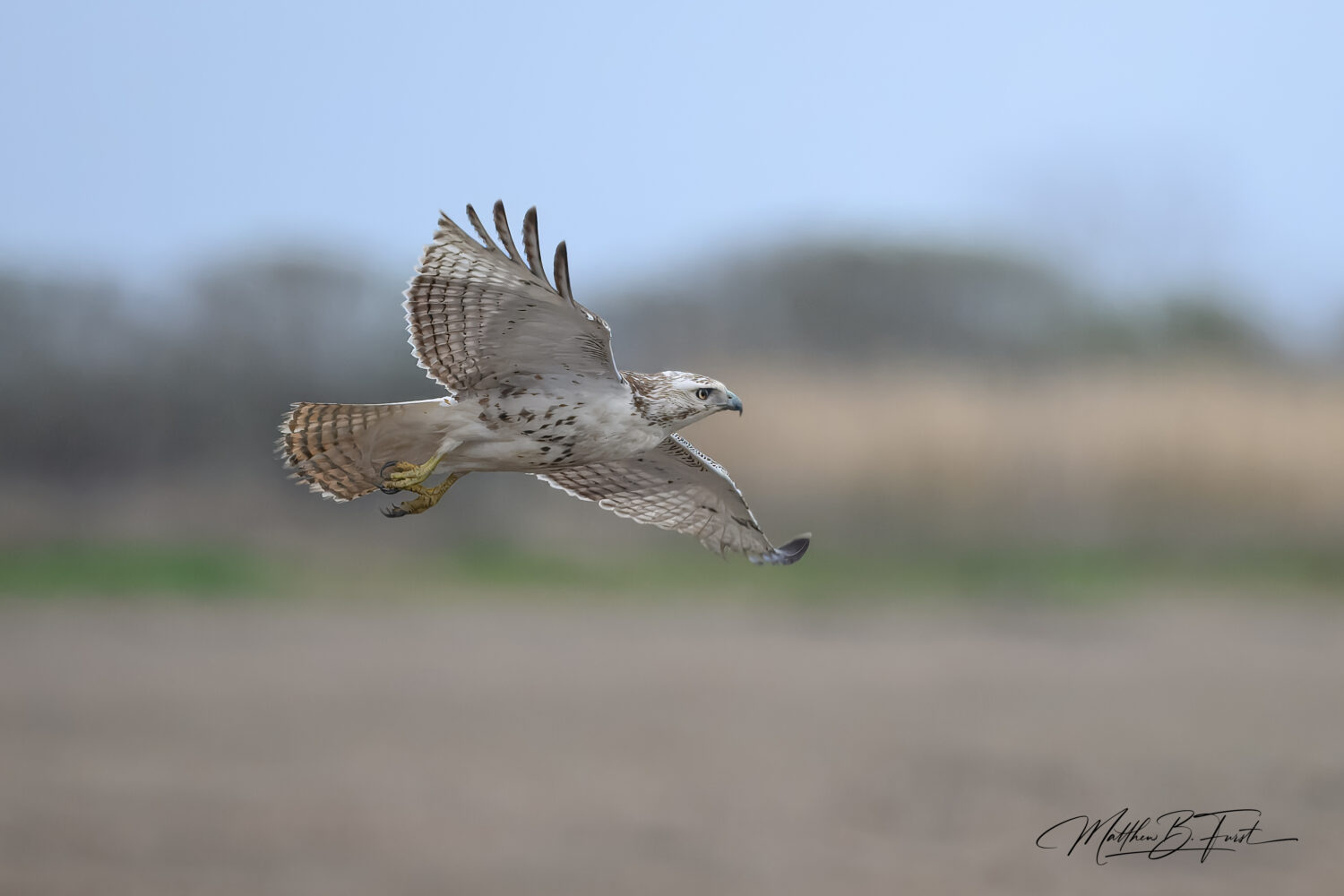
Another characteristic to consider is the presence of undisturbed areas or designated wildlife sanctuaries within the parks and reserves, where human activity is minimal, allowing animals to thrive undisturbed. Pay attention to the signs of animal presence, such as tracks, droppings, feeding marks, and burrows, which can indicate active wildlife zones. Additionally, areas with dense underbrush or thick vegetation can serve as excellent hiding spots for more elusive species, making them prime locations for patient observation and photography.
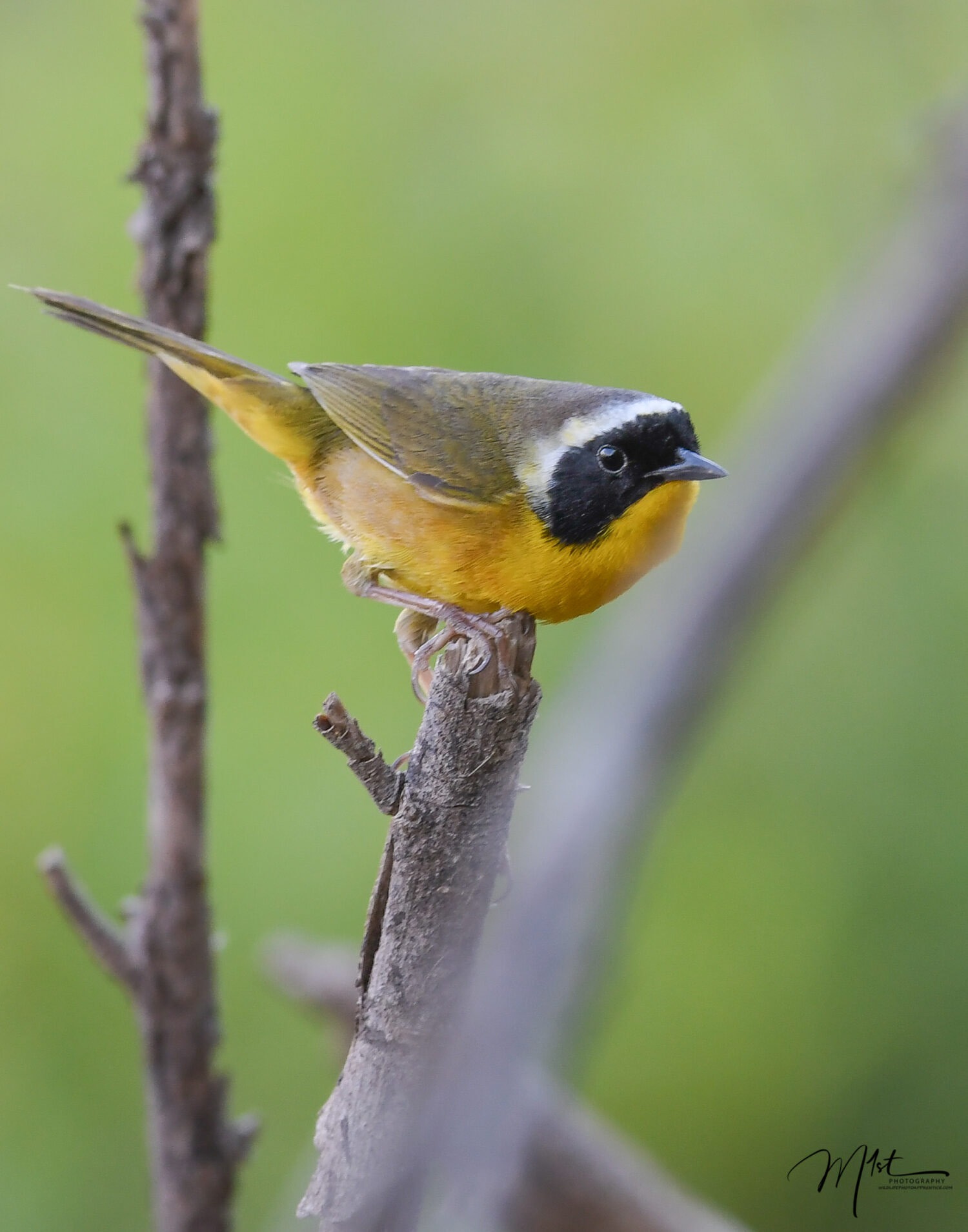
Check for local information boards or visitor centers that often provide valuable insights into recent wildlife sightings, peak activity times, and specific trails known for high wildlife activity. Engaging with park rangers or guides can also offer firsthand knowledge about animal behavior and the best spots for viewing. Finally, timing your visits to coincide with dawn and dusk, when many animals are most active, increases your chances of encountering wildlife. By focusing on these characteristics and combining them with careful planning and observation, wildlife photographers can significantly improve their success in capturing stunning images of local fauna.
Wildlife photography requires patience and persistence. Finding wildlife can demand your patience as well. Be prepared to spend hours observing for wildlife to present, and when it does more waiting for the perfect shot to evolve. Sometimes, the most extraordinary moments happen when you least expect them, so stay attentive and ready to seize those fleeting opportunities. Remember, wildlife photography is about capturing authentic moments in the wild, and it often takes time and dedication to achieve the desired results.
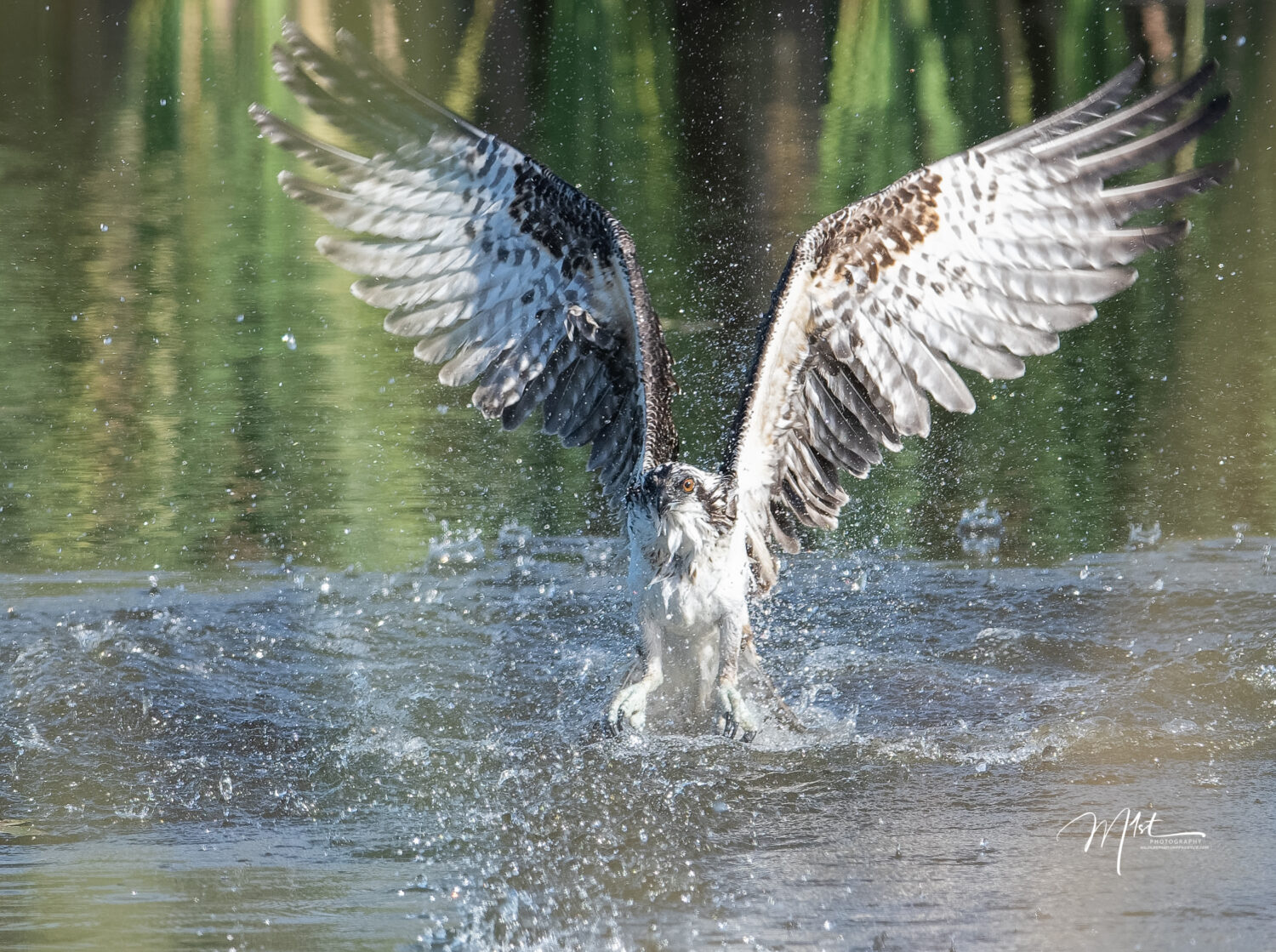
Improving one’s ability to be patient can be achieved through mindfulness practices, setting realistic expectations, and cultivating a deeper understanding of the process involved. Firstly, mindfulness practices such as meditation and deep-breathing exercises can significantly enhance patience by helping individuals stay present and focused on the moment, reducing anxiety and restlessness. Regularly engaging in these practices trains the mind to be more resilient and calm in situations that require waiting. Secondly, setting realistic expectations about the time and effort required for tasks or goals can prevent frustration and impatience. By breaking tasks into manageable steps and recognizing that progress takes time, individuals can foster a more patient attitude. Lastly, cultivating a deeper understanding and appreciation of the process involved in any endeavor can also improve patience. For instance, in wildlife photography, understanding animal behavior and the natural rhythms of ecosystems can help photographers appreciate the waiting periods as part of the overall experience, enhancing their ability to remain patient and observant. By integrating these strategies, individuals can develop greater patience, improving their overall effectiveness and satisfaction in their pursuits.
When photographing local wildlife, it is vital to prioritize the well-being and safety of the animals. Maintain a respectful distance and use long lenses to capture close-ups without disturbing or intruding on their natural behavior. Avoid any actions that could cause stress or harm to the creatures or their habitats. Adhering to ethical guidelines ensures the welfare of wildlife and helps preserve the fragile balance of the ecosystem for future generations.
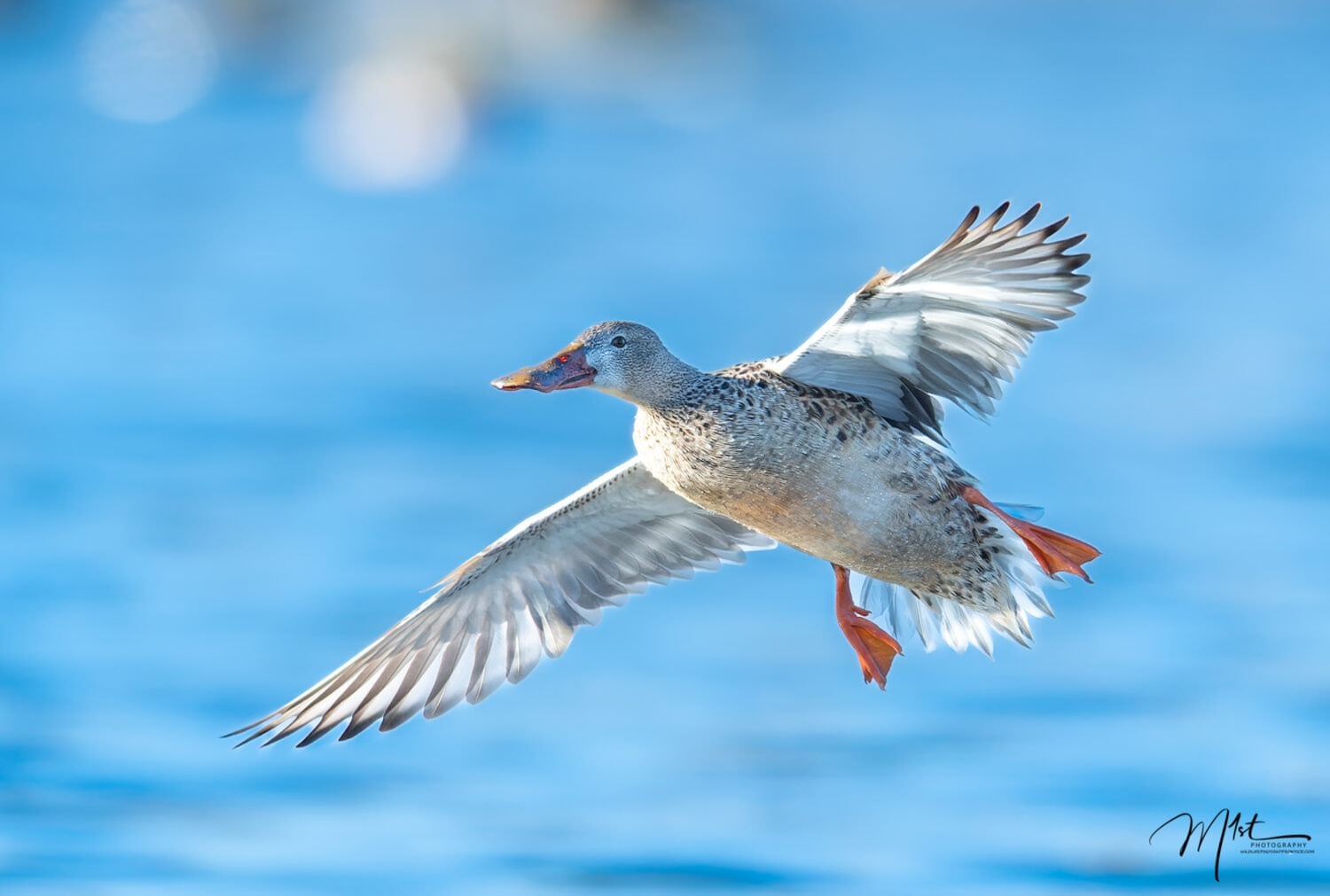
Each wildlife encounter allows you to tell a unique story through your photographs. Look beyond individual images and aim to capture a series of shots that depict the behavior, interactions, and habitat of the animals you encounter. Emphasize storytelling by photographing animals in their natural context, incorporating elements that convey their environment, and capturing their captivating expressions and gestures. Once you’ve captured compelling images of local wildlife, consider sharing them with others to raise awareness and promote appreciation for the natural world. Utilize social media platforms, photography communities, or even local exhibitions to showcase your work. Accompany your images with informative captions that highlight the significance of local wildlife and the importance of conservation. Doing so will become a resource for other beginning photographers in your area.
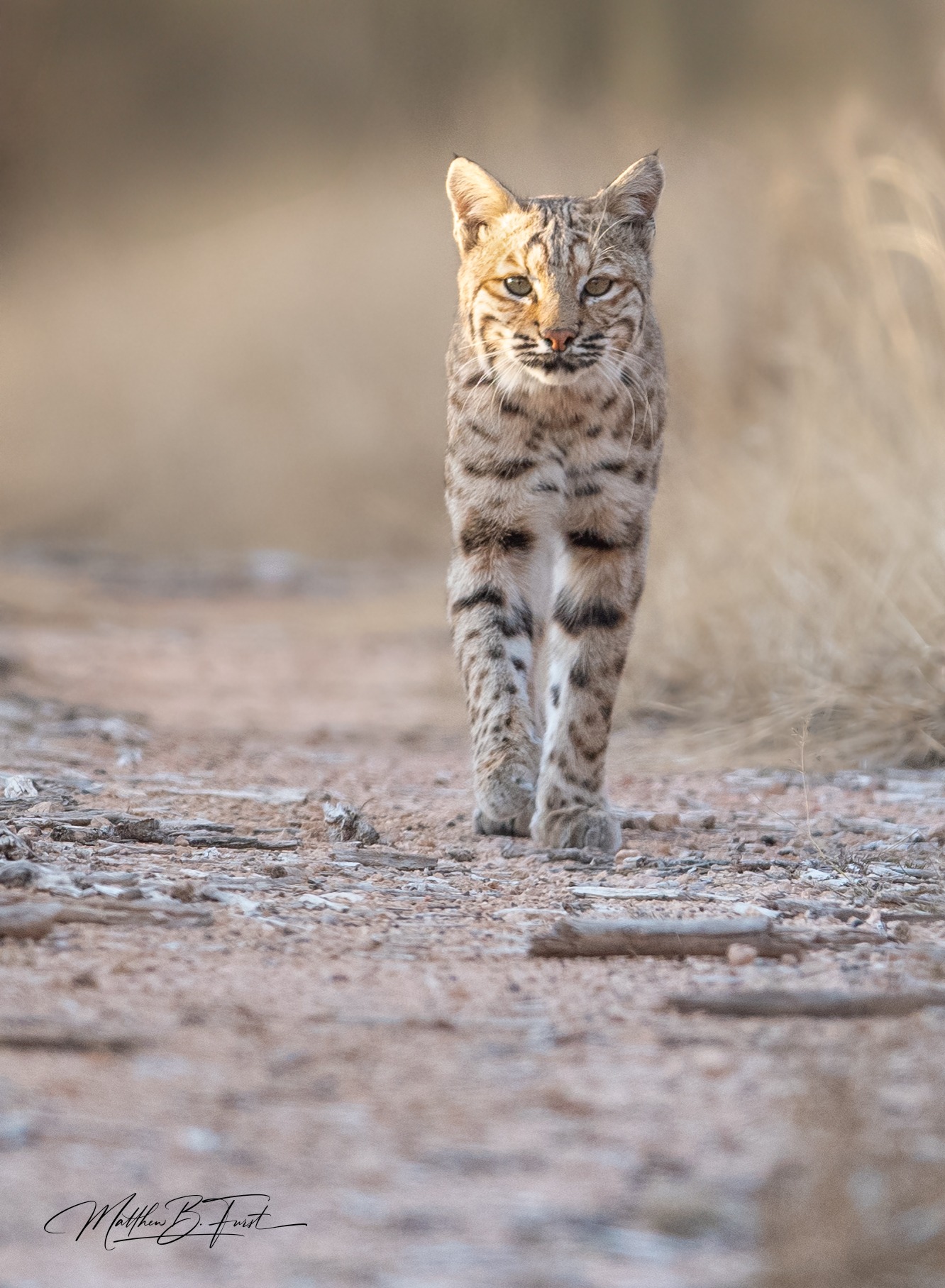
Finding wildlife to photograph in your local surroundings can be a rewarding and enriching experience, bringing you closer to nature and honing your skills as a photographer. By thoroughly researching the native species, understanding migratory patterns, and exploring diverse habitats, you can significantly increase your chances of capturing stunning wildlife images. Utilizing the right tools, such as field guides, online databases, and GIS software, provides essential insights and guidance. Additionally, focusing on key characteristics of local parks, nature reserves, and protected areas, and practicing patience through mindfulness and realistic expectations, further enhances your success. Remember, the journey of discovering and photographing wildlife is as important as the final shot, offering countless opportunities to learn, observe, and connect with the natural world. So, equip yourself with knowledge, venture into your local wild spaces, and enjoy the thrill of capturing the beauty and diversity of wildlife in your own backyard.
